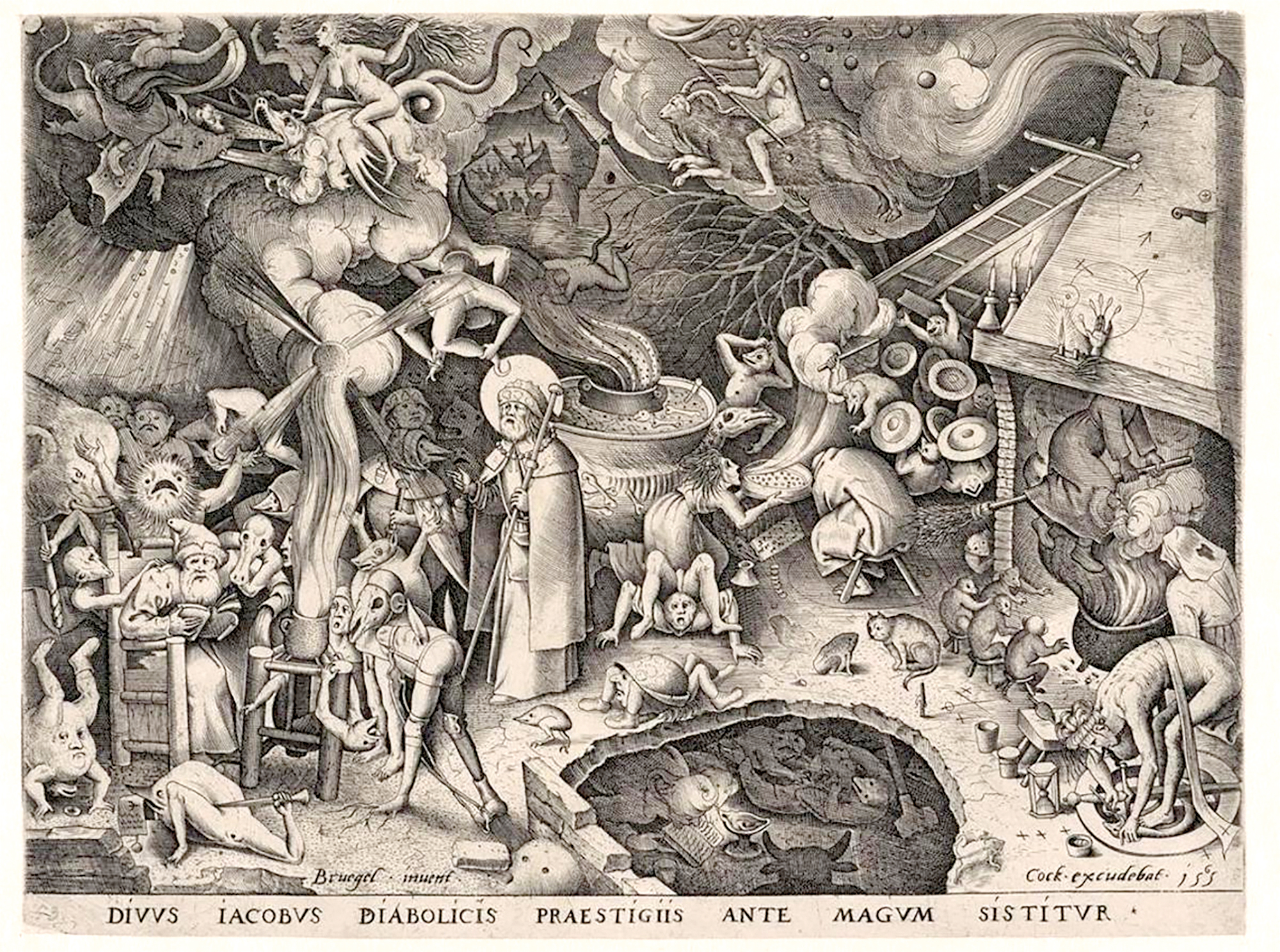
- Ezcárarte (Navarra), 1576. Commissioners Ozkoidi and Lizaso travelled to the main district of Orikain to investigate a suspected witchcraft case. The alleged witch was Mari Martin from Martirikorena. And the letter by Juan Lizaso, which collected the testimony of Juan San Martín, was about to awaken a more serious issue.

Mari Martín had six or seven children with her first husband, but around her house “there was a great turbid cat and it was suspected that the creature she had with her first husband killed the cats.” The cat did not leave home and “one night, three hours after the darkness, when the witness was with her and her two servants, the cat came down.” Mari told him the cat and the witness took the sword and attacked the cat. The blow hit a wood, but the cat was injured on the back. Then the cat spoke to the witness “very clear”: he said “bayba, bayba, bayba” three times. The people gathered there were impressed and Remon told the witness, “Our cat knows how to speak well.”
This case, collected by José Dueso in The Witch Hunt in Euskal Herria (Txalaparta, 2022), was not the only one in Ezcarbart. The Larraineta Alvira was also considered a witch, but a witness belies his case. There were also those who denied Juan San Martín's testimony saying that the animal he spoke was Mari Martín, disguised as an attack.
Nor was it an isolated case in the Modern Age Europe. Late Middle Ages. In the midst of the economic, social and spiritual crisis caused by the Black Death, the Catholic Church invented a new enemy to strengthen its position. He created a more terrible concept of the devil that would destroy Christianity and had many followers. Theologians began feeding the concepts of witches and akelarres. But the demonic ones that didn't exist had to become bone meat and were helped by the citizens. The devil himself was added the fear of being accused. The defendants reported more alleged witches under torture. And they used paranoia to "fix" tensions with neighbors.
As the number of complaints increased, the imagination of witnesses increased. Painters created a fantastic iconography around witchcraft and frightened, infected, or stimulated the imagination of whistleblowers. Thus, the Brueghel the Elder invented in 1565 a witch flying over the brooms and the cat of Juan San Martín de Oricain, 11 years later, spoke in Basque.